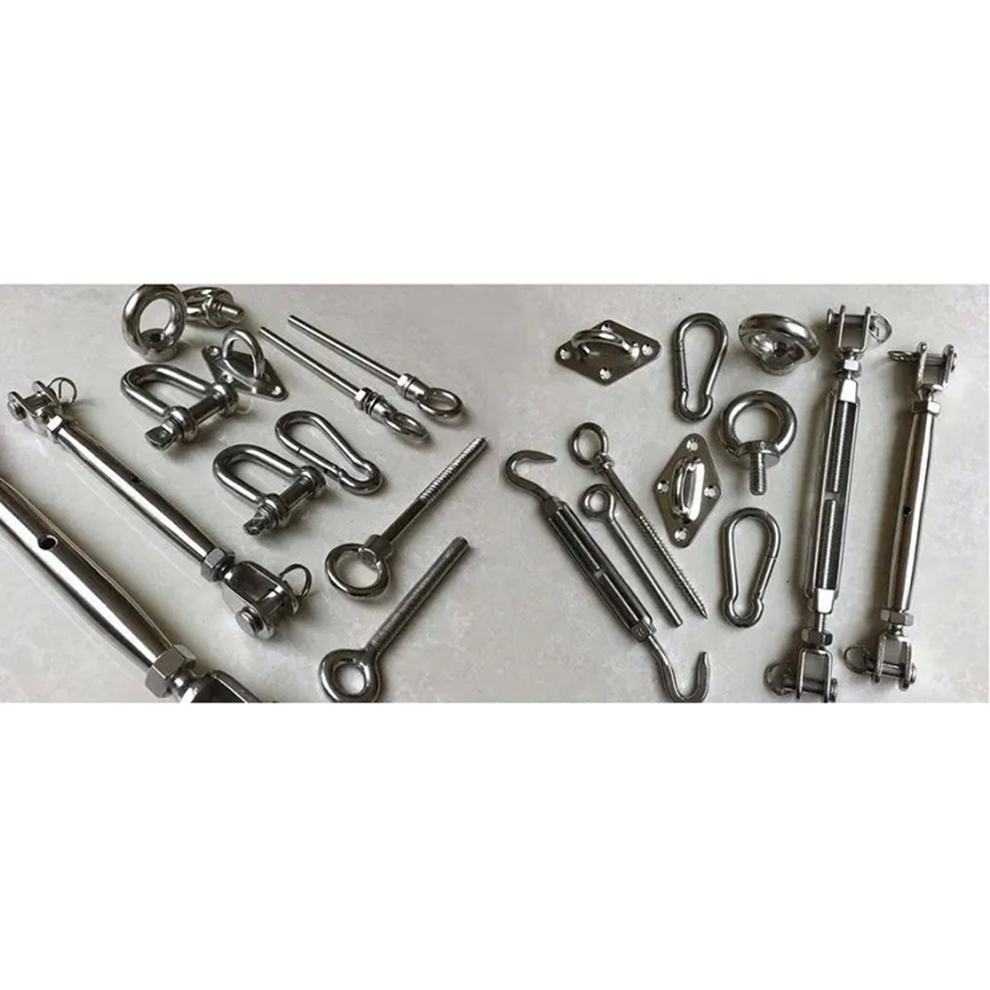Oklahoma State University in the United States recently introduced a method of producing biofuels from sorghum stalks, commonly known as “localizationâ€, which allows farmers to produce ethanol efficiently in their own fields. A large number of sorghum can be fermented locally to produce green fuel—ethanol.
In the United States, sweet sorghum can be widely grown in temperate regions, including Oklahoma. This crop can still obtain higher yields even under conditions of low irrigation and low fertilization. On the contrary, corn, which can also be used as raw material for ethanol production, needs to be irrigated with a large amount of water. And most importantly, it is relatively easy to produce ethanol from sweet sorghum. Daniel Belmar, a biological systems engineer at the Oklahoma State University’s College of Agriculture, said that simply squeezing the juice from the sorghum stalks, adding the yeast, and allowing it to ferment, can yield ethanol.
The chairman of Sorghum Ethanol Production Co., Ltd., Keke Kelu has submitted the technical proposal. His sorghum ethanol production equipment includes a harvester, a large bag for storing juice for fermentation, and a mobile distillation device for purifying ethanol. The American Fatty Acid Producers Council's scientists tested his newly invented field harvester, which can squeeze and collect juice from sweet sorghum, and found that juice extraction was very efficient.
In Oklahoma, the yield of sweet sorghum ethanol ranges from 300 gallons to 600 gallons per acre, depending on crop yields, sugar content, and effective juice extraction.
In fact, the idea of ​​producing commercial ethanol with sweet sorghum has been around for a long time. In the United States, sweet sorghum was not as popular as corn. This is because, on the one hand, the monosaccharide produced by sweet sorghum needs to be fermented immediately; on the other hand, it takes a lot of costs to build and operate a treatment plant that converts sorghum to ethanol, but it can only run for 4 to 5 months in a year. The idle period is too long and it is easy to cause repeated construction.
Farmers can now directly produce ethanol from sweet sorghum in the field, thereby minimizing transportation costs and investment costs. This type of harvester and corresponding technical equipment can be completely operated by individuals or can be completed by some producers.
When the wire rope is terminated in an endless rope, there is a risk of bending too tightly, especially when the endless rope is connected to equipment that concentrates the load on a relatively small area. Sleeves can be installed inside the circuit to maintain the natural shape of the circuit and prevent the cable from being pinched and worn inside the circuit. Using a thimble in a loop is an industry best practice. The ejector pins prevent the load from coming into direct contact with the wires. Encyclopedia site:ewikizh.top

Wire Rope Thimbles,Steel Cable Thimble,Wire Cable Thimble,Aircraft Cable Thimble
Jiangsu Hongze Stainless Steel Wire Rope Co., Ltd , https://www.hzrope.com